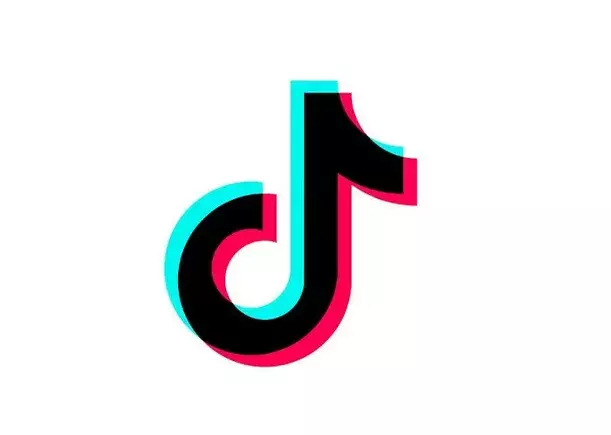As social media platforms become vital communication tools in our increasingly digital world, combating misinformation has emerged as a critical endeavor. TikTok, with its massive global reach, now finds itself at the center of this complex issue. The recent release of TikTok’s Transparency Report for the second half of 2024 showcases their enforcement actions aimed at preserving the integrity of information within their platform. This report reveals the platform’s substantial measures against political ads, disinformation, and manipulated content, highlighting not only TikTok’s challenges but also the growing importance of ethics in the tech industry.
Political Ads and the Quest for Authentic Engagement
TikTok’s clear prohibition on political advertising indicates a strong foundational stance on maintaining user trust and a space free from divisive political rhetoric. The removal of over 36,000 political ads in the last six months of 2024 exemplifies the platform’s commitment to preventing misuse by political entities eager to leverage its expansive user base. However, the sheer volume of removed ads underscores an urgent need for continued vigilance. Political groups consistently seek to exploit the young, engaged audiences typical of TikTok, raising the question: how effective can policies truly be when the lure of such a vast platform remains?
The challenge lies not just in removing ads but in understanding the broader implications of political messaging on communities. TikTok’s response model points to a reactive approach that may fail to address the underlying issues of engagement and manipulation in digital spaces. Users must grapple with the dichotomy of enjoying a platform enriched by creators and influencers while simultaneously being bombarded by attempts at influence from political entities — an intricate tightrope TikTok continues to navigate.
AI Influence: The Double-Edged Sword of Technology
The proliferation of AI-generated content poses an escalating challenge for platforms like TikTok. With the removal of more than 51,600 videos for violating policies on synthetic media, TikTok is actively engaging in the discourse surrounding AI’s role in misinformation. While also implementing C2PA Content Credentials to identify and label such content, TikTok is positioning itself as a frontrunner in adopting technology to safeguard authenticity.
Yet, the juxtaposition of AI’s potential benefits against its risks warrants scrutiny. Meta’s report that only 1% of fact-checked misinformation involved AI highlights a problematic narrative: while AI content may not be notably prevalent now, its capacity to influence public opinion and shape narratives can lead to significant consequences. Just one viral deepfake could alter perceptions or disrupt election integrity. As such, TikTok’s proactive measures against AI misuse serve as critical groundwork, but one cannot help but question whether it’s truly enough in the evolving landscape of digital misinformation.
The Role of Third-Party Fact-Checking
In a landscape where unchecked information often reigns supreme, TikTok’s collaboration with 14 IFCN-accredited fact-checking organizations signifies an important pivot. The platform’s onboarding of new partners and the expansion of fact-checking efforts serve as necessary steps in curbing disinformation. Particularly noteworthy is the reported 32% reduction in content shares across EU users upon the presentation of “unverified claim” notifications. This data points to potential effectiveness in third-party assessments.
However, the scalability of such efforts raises critical concerns. Sending only 6,000 videos for diligent review means that a vast majority of misleading content will inevitably slip through the cracks. The community’s varied reception of such messages also complicates matters. While bypassing traditional third-party checks may offer immediacy, platforms must retain reliable mechanisms to ensure accuracy — a delicate balance to maintain.
The Impact of User Behavior and Collective Responsibility
Despite TikTok’s extensive measures, the responsibility does not solely rest on the platform itself. user behavior plays a significant role in perpetuating misinformation. As the report highlights, authentic interactions and user-driven content communities must cultivate a culture of critical thinking. Content consumption should be tempered with cautious analysis rather than blind acceptance. This paradigm shift requires active engagement, both from users and TikTok itself, in fostering digital literacy within its community.
Moreover, as social media platforms engage in a broader ethical dialogue about misinformation, including platforms like Meta exploring crowd-sourced models for fact-checking, the necessity for robust, transparent systems cannot be overstated. TikTok and its peers must constantly evaluate and adapt their frameworks in response to evolving user dynamics and emerging technologies. Engaging users as active participants in the fight against misinformation will play a significant role in ensuring digital spaces remain trustworthy and constructive.
In an age of rapid technological advancement and relentless information flow, TikTok’s commitment to transparency and user integrity reveals a promising approach to maintaining an authentic online environment. The road ahead may be fraught with challenges, but the platform’s willingness to confront these issues head-on could set a powerful precedent for industry standards moving forward.

